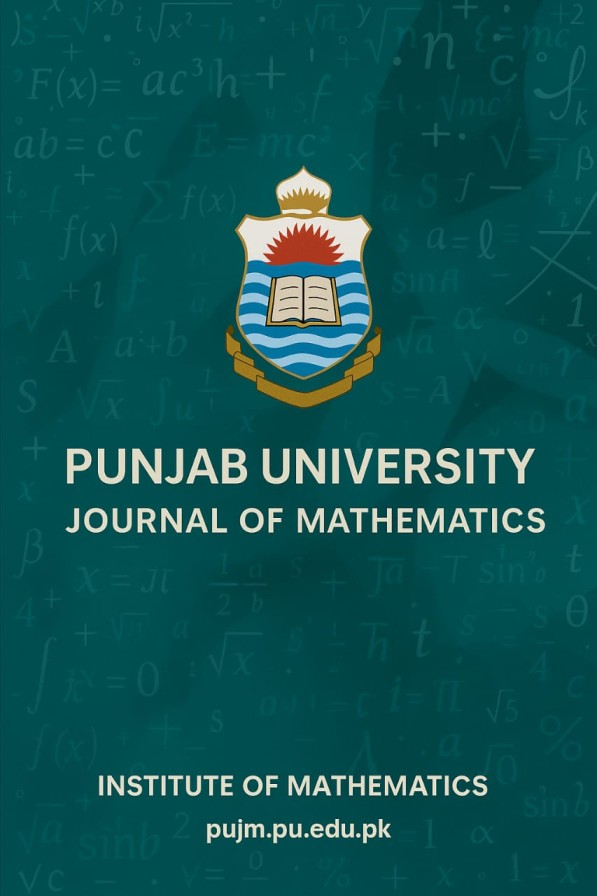Selecting and Estimating Rank Score Functions Based on Residuals for Linear Mixed Models
Abstract
The rank-based method is a well-known robust estimation technique in analyzing linear models, it serves as an alternative to Restricted Maximum Likelihood Estimation (REML) for non-normal error distribution. It is based on minimizing a pseudo-norm and can be upgraded by selecting a suitable score function according to the probability distribution of the error term. Some generic score functions are recommended in the literature for specific shapes of the error distributions in linear models. In this study, the efficiency of score functions is examined through simulations for various level-1 and level-2 sample sizes applied on a random intercept multilevel model for symmetric, asymmetric, and light-tailed to heavy-tailed error distributions. Score functions like wscores, nscores, Bentscores1, and Bentscores4 show minimum SE only when the level-2 sample size is 10 or more. Bentscores1 and Bentscores3 are more suitable than other score functions even for the smallest sample size and their magnitudes reduce as sample size increases for right-skewed and left-skewed error distributions, respectively. Another selection criterion based on Hogg type adaptive scheme is also applied for the same class of error distribution. The efficiency rank-based fit with the selected score function is compared with the Wilcoxon score based on minimum standard error (SE).For the case of right-skewed, moderately heavy-tailed and light-tailed distribution, selected fit from the adaptive scheme is more precise than Wilcoxon fit. For contaminated normal distribution selected fit is more precise in small sample sizes only. In group size 30 or more, the selection of score function does not make a significant change in SE.
Downloads
Downloads
Published
Issue
Section
License
Copyright (c) 2020 S.Saleem , R.A.K. Sherwani

This work is licensed under a Creative Commons Attribution-NonCommercial-NoDerivatives 4.0 International License.


